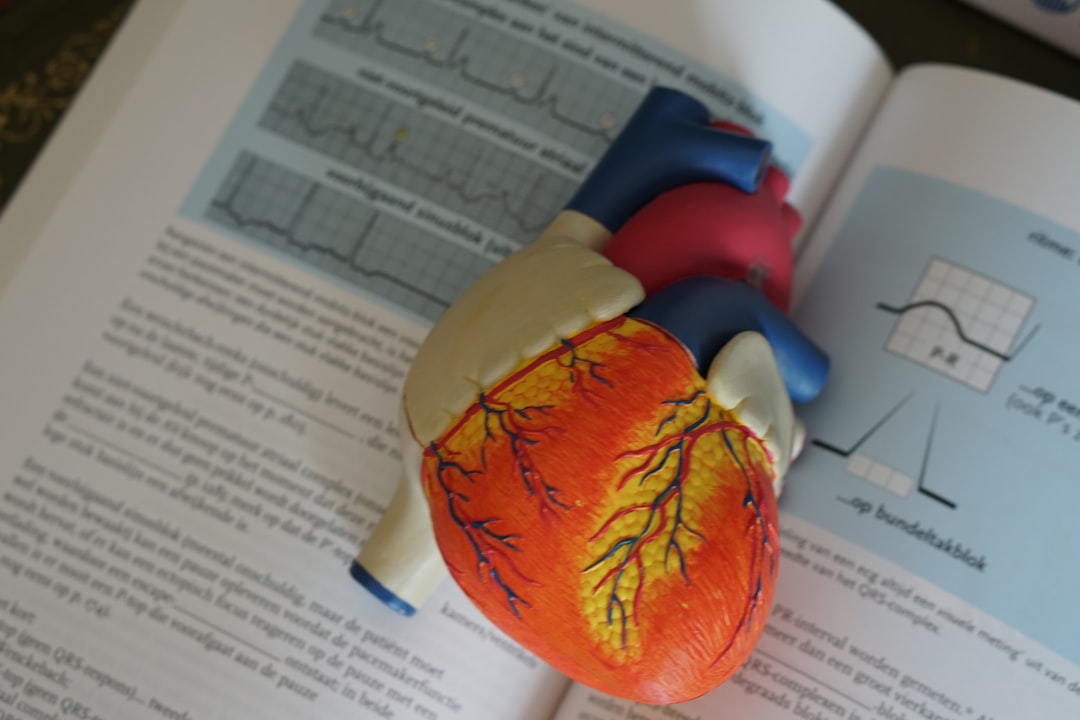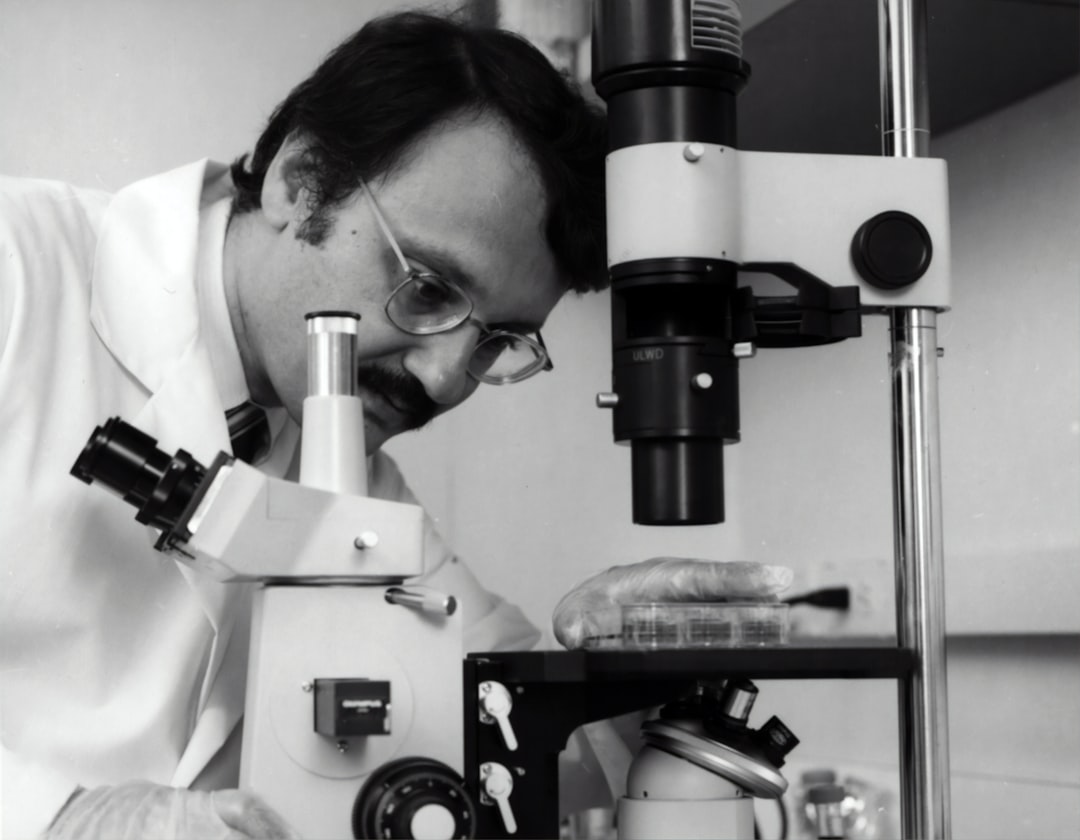What is it about?
A review of the history and latest developments of hybrid detection modalities for image-guided surgery
Featured Image

Photo by sandro porfirio on Unsplash
Why is it important?
For the clinicians that wants to proceed with latest developments in image-guided surgery
Perspectives
Five-year view Radio-guided surgery is already standard for image-guided surgery procedures such as the SN, ROLL and RSL and it is likely that the clinical impact of radio-guided surgery will increase through the expanding clinical availability of disease-specific radiopharmaceuticals. The recent example of lymphatic salvage procedures in recurrent prostate cancer that make use of PSMA I&S (99mTc or 111In) provides a great example how innovations in the area of radiopharmaceutical design impact the field of radioguided surgery. Here it should be noted that efforts towards the realization of hybrid radiopharmaceuticals are likely to promote the use of multiplexing approaches. Examples of potential future hybrid procedures are: prostate cancer (PSMA I&F) , neuroendocrine tumors (Cy5-111In-DTPA-Tyr3-octreotate), and renal cancer (111In-girentuximab-IRDye800CW). From a modality perspective, significant improvements are to be expected for high-energy γ detection modalities (e.g. improved ergonomics) and β detection modalities (e.g. first in vivo evaluations of the role of modern β− detection). Nevertheless, we think the main focus of radioactive isotopes for surgery will probably remain confined to the more traditional low- and mid-energy γ detection (i.e. 99mTc and 111In). A combination of factors still makes this kind of nuclear detection dominant during surgery: (1) a clear connection to preoperative total body molecular imaging (i.e. SPECT/CT) available, (2) in-depth information offered for lesion localization and confirmation, (3) ease of use due to low sample times (<1 s) and plurality of form factors possible with relative lightweight and small dimensions, and (4) a relative low dose to patient and surgical staff. In the pursue of minimal invasive interventions, ensuring radical excisions while decreasing surgical complications, thereby improving patient outcome and quality of life, an ever more amount of surgical interventions will be pushed towards the realm of robot-assisted (laparoscopic) surgery. This will push the development of dedicated technologies such as the tethered DROP-IN γ probe. At the same time, the technological evolution of the field is expected to provide a platform for integration of augmented-, mixed- or virtual-reality displays and navigation in routine procedures.
Dr. Mick Welling
Leiden University Medical Center
Read the Original
This page is a summary of: Recent advances in nuclear and hybrid detection modalities for image-guided surgery, Expert Review of Medical Devices, July 2019, Taylor & Francis,
DOI: 10.1080/17434440.2019.1642104.
You can read the full text:
Contributors
The following have contributed to this page










